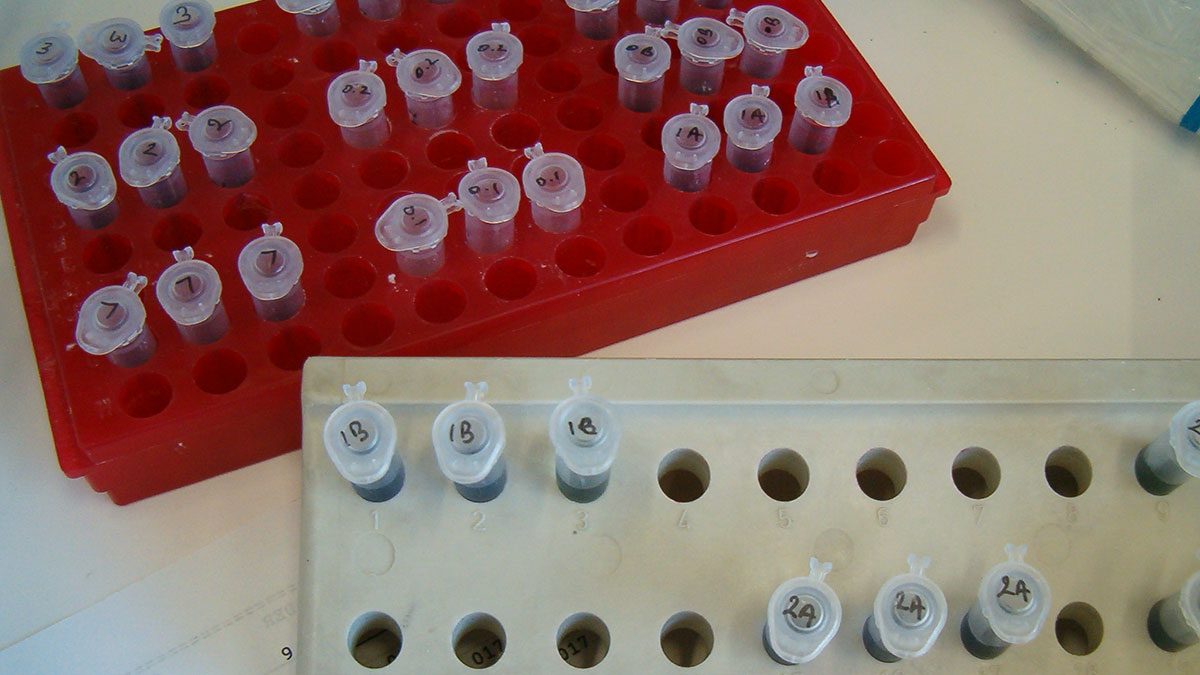On January 4 New York Magazine published a major piece of investigative journalism by Nicholson Baker exploring the ‘lab-leak hypothesis’ – the possibility that the coronavirus began the jump from bat to man not at a wildlife market but in a research lab. This hypothesis should not be confused with the right-wing ‘conspiracy theory’ that the virus was released deliberately and ‘we are already at war with China’ – a view as dangerous as it is farfetched. What Baker has in mind is an accidental or at least an unauthorized leak.
For a few weeks Chinese scientists were able to publish fairly informative reports of their investigations into the origin of the pandemic in open scientific journals. The first such reports were consistent with the wildlife-market hypothesis (there was a cluster of early cases associated with the Huanan Seafood Market) but were followed by articles that cast doubt on that hypothesis. Then the party leadership prohibited all further investigation and imposed the wildlife-market hypothesis as the unquestionable official version. This in itself is grounds for suspicion.
It is highly unlikely that anyone will now ever know how the pandemic began. Nevertheless, if we wish to prepare for and ideally prevent future pandemics it remains important to distinguish plausible from implausible explanations. Baker makes a cogent case for placing the lab-leak hypothesis in the ‘plausible’ category.
One data set not used by Baker is the geographical distribution of bat species in China, which has been studied in a joint project of the University of Bristol (UK) and East Normal China University (Shanghai). It turns out that Hubei Province, of which Wuhan is the capital, has only a few bat habitats – caves in the mountain ranges that straddle its borders. It is poorer in bats not only than the provinces of southern China but also than neighboring provinces of central China. The only bats in Wuhan and its environs are probably those in the city’s microbiology labs, brought there from distant provinces like Yunnan in China’s far south.
A Long History of Lab Leaks
Although reliable information on the subject is sparse, there appears to be a long history of outbreaks of human and animal disease caused by leaks from labs.
In his Lab 257 (William Morrow, 2004), Michael Christopher Carroll has told the story of the government microbiological research center on Plum Island (in Long Island Sound). Disease outbreaks that he attributes to leaks from this facility include tick-borne Lyme disease, mosquito-borne West Nile and Rift Valley fevers, and foot-and-mouth disease in cattle. The first director of the center established strict safety procedures, but his successors were less conscientious – refusing, for instance, to allocate money to replace old filters.
The defector Ken Alibek describes other incidents from the Soviet biological warfare program, such as a large-scale accidental release of anthrax in 1979 from a facility near Sverdlovsk (now Yekaterinburg) in the Urals in (Biohazard, publ. Delta, 2000).
We lack comparable information about China, but inspections by American experts at Wuhan’s Institute of Virology suggest that in China too safety precautions are far from adequate.
Civilian and Military Research
Scientists at civilian and military labs conduct the same sort of research. They collect, observe, and experiment with natural pathogens and apply genetic engineering to create new strains for study. It is common for them to work together and co-author scholarly articles. The risks they incur are also therefore the same.
What we find here is a variety of official rationales for very similar activity. The purpose of defensive military research is supposedly to prepare for possible future outbreaks resulting from biological warfare attacks. The purpose of civilian research is to prepare for possible future outbreaks with other causes. And the purpose of offensive military research is to develop new biological weapons. But this is merely a matter of labels. Any lab research with pathogens has the potential for medical, defensive, or offensive use.
Given the impossibility of drawing an objective distinction between civilian and military or between defensive and offensive research, the risk of lab leaks – and with it the threat of biological warfare — can be eliminated only by halting all lab research with live pathogens. This would make it more difficult to develop vaccines, but the price may be worth paying. This is not to deny that such a global agreement may not be attainable within a world system of rival capitalist states.
Biological Warfare: A Real Possibility?
There have been some instances of the use of biological weapons, though they are not widely known.
The earliest case seems to be the use of tularemia (rabbit fever) by the Red Army against German troops near Stalingrad in 1942.
The North Korean and Chinese governments accused the United States of using biological weapons in the Korean War. It was alleged that US forces spread smallpox during their retreat down the peninsula in late 1950, infecting over 3,500 people, 10% of whom died. It was also alleged that in early 1952 American planes dropped infected insects and voles and spore-carrying feathers over North Korea and Manchuria. At the time the US government dismissed the allegations as ‘communist propaganda,’ but a later study by Canadian historians strongly suggests that they were true.[1]
Han Hing Quang in his memoir (p. 51) mentions that the French air-dropped infected insects during their war against the Vietminh. In 1953 at Dap Da an ‘emergency response team’ of Overseas Chinese youth ‘worked with local residents … to catch germ-infected insects dropped by French planes.’
Alibek reveals that the Soviet leadership regarded biological weapons as a serious alternative to nuclear weapons in a future world war. Procedures were in place to load missiles with either type of weapon, the choice between them to be made when war was perceived as imminent. This arrangement was preserved even after the disintegration of the Soviet Union, on the basis of an agreement between Russia and Kazakhstan. Given the close military relations between Russia and China, it is conceivable that biological weapons play a similar role in Chinese strategy.
So there are grounds for thinking that biological warfare was and remains a real possibility.
Conclusion
We – the human race – face a long series of epidemics and pandemics, some of which are bound to be even more devastating than Covid-19. If we are ever to escape this prospect, all the likely causes will have to be tackled simultaneously. But how plausible is it that this can be done in the absence of a united and democratic world community?
Note
[1] Stephen Endicott and Edward Hagerman, The United States and Biological Warfare: Secrets from the Early Cold War and Korea (Indiana University Press, 1998). See also: Nicholson Baker, Baseless: My Search for Secrets in the Ruins of the Freedom of Information Act (Penguin Press, 2020).



